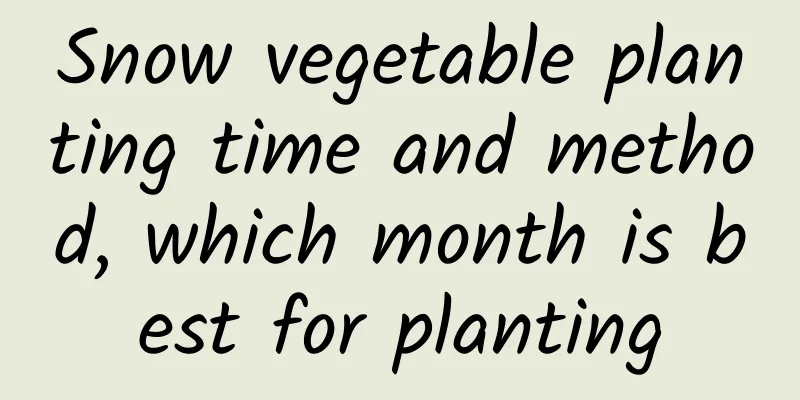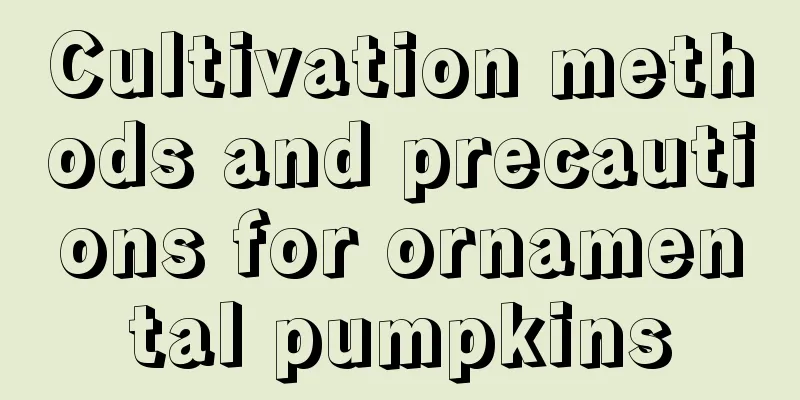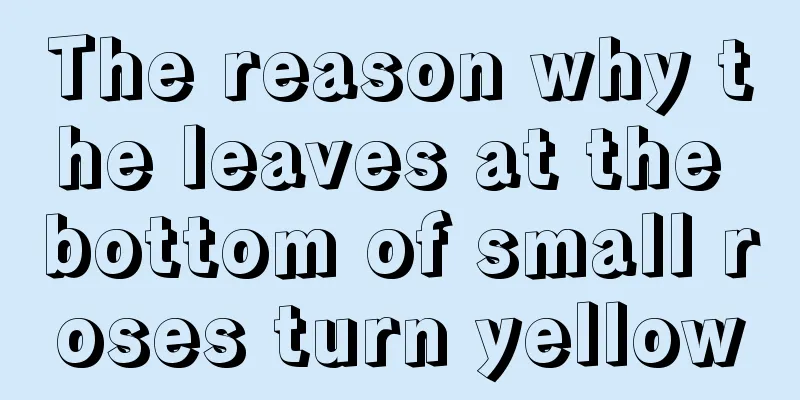Snow vegetable planting time and method, which month is best for planting

Snow vegetable planting timeSnow vegetable is also called four-season snow vegetable in the southern region. It can be planted all year round. The planting time in spring is February to April, the planting time in summer is July to August, the planting time in autumn is September to October, and the planting time in winter is from December to February of the following year. It can be planted in the open field in spring and autumn, but shade is needed in summer, which is conducive to uniform seedling emergence. Snow vegetable planting method1. Select the seeds and the land Before planting snow vegetable, you should choose varieties that are heat-resistant and cold-resistant, grow fast, and have strong disease resistance, such as large-leaf snow vegetable and phoenix-tail snow vegetable. Choose loose, fertile, and well-drained land for planting. Expose and disinfect before planting, apply sufficient base fertilizer, and then dig trenches and make beds. 2. Seed treatment The seeds of snow vegetable should be processed before sowing, which can increase the germination rate. The seeds can be soaked in diluted trisodium phosphate for 30 minutes, then taken out and rinsed with clean water. The seeds of snow vegetable are relatively small and can be mixed with sand and sown. About 1 jin can be sown per acre of seedbed. After sowing, cover with 0.5 to 1 cm of soil. After watering, cover with a film to keep warm and moist. 3. Field management When the snow vegetable seeds germinate, the film should be torn off in time to maintain ventilation and light. They can be transplanted when 1-2 leaves grow. Generally, 4 rows are planted in each bed, with a row spacing of 35 cm and a plant spacing of 30 cm. The roots should be stretched out and not twisted or suspended in the air. The planting depth should not exceed the leaf nodes. Precautions for planting snow vegetablesAfter planting snow vegetables, you should pay attention to water and fertilizer management. Water in time when the soil is dry to keep the soil moist. Drain in time during rainy seasons to avoid root rot. Fertilization can be combined with watering. Each time you apply fertilizer, use nitrogen fertilizer as the main fertilizer, combined with an appropriate amount of phosphorus and potassium fertilizers. When watering and fertilizing, you should cultivate and weed in time according to the growth status. |
<<: Hand-twisted gourd planting time and method planting method and management process
>>: Honeydew melon planting time and method planting technology and cultivation methods
Recommend
What is radish?
What is radish? Shepherd's purse belongs to t...
Seed propagation of moth butterfly flower
The breeding tips of moth and butterfly flower So...
The language and meaning of the azalea flower, and what legends are there?
1. Flower language and meaning of azalea 1. Flowe...
How to grow camellia well?
Camellia is popular for its beautiful flowers and...
Why do the leaves of gardenia turn yellow?
1. Excessive watering When caring for it, althoug...
How often should I water the rose?
The rose has a long flowering period, its flowers...
Taboos on the placement of lucky bamboo
1. Wealth Position Although lucky bamboo is very ...
When is the best season to plant irises?
Iris planting season and time Common varieties of...
The planting conditions of yam are suitable for the growing environment
Yam Planting Conditions When planting yam, you ne...
She went to the market and bought some vegetables, and ate them all summer.
celery 1. Cut off the roots of the celery you bou...
When is the best time to sow sunflower seeds?
1. Sowing time of sunflower seeds Sunflowers can ...
How to Successfully Propagate Flowers from Cuttings
Pay attention to moisturizing when taking cutting...
Can carnations be planted in the ground?
Can carnations be planted in the ground? Carnatio...
Hyacinth flowering period, hyacinth flower language
1. Flowering period Its flowering period is affec...
Can apple peels be used as fertilizer?
Apple peels as fertilizer Apple peels can be used...









